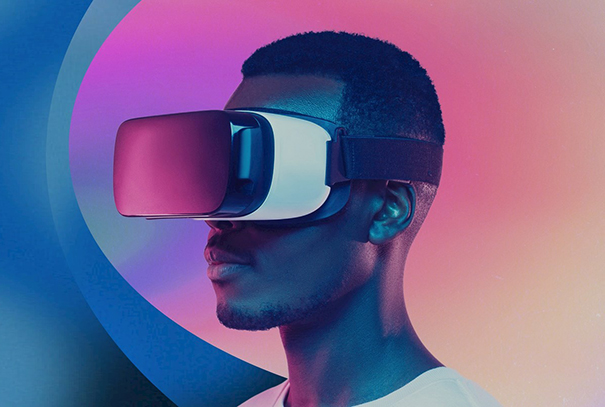
Today’s switched-on employee audiences expect more. A lot more. Which is why you absolutely have to look at the bigger picture.
Is good enough good enough?
Here are a few things to think about:
- only a quarter of organisations have clearly defined their digital experience strategy
- only half of Internal Communication functions have channel-specific editorial calendars or channel frameworks in place
- more than half of organisations have no plans in place to offer customised communications to employees this year.
Download state of the sector report
After switching to digital-only engagement almost overnight in 2020, today’s organisations have to wake up to the hard reality that remote working is here to stay. And while working from home hasn’t exactly changed the way we use technology, it’s highlighted the fact that – for many of us – our digital proposition doesn’t even stack up against the tech in our back pockets.
And this means that right now is the time to start thinking about your long-term digital strategy.

To make sure what you have is fit for purpose, ask yourself the following:
Are your digital channels…
- Driving the right levels of engagement with corporate/leadership messages?
- Empowering people to collaborate and innovate?
- Enabling people to share their views and letting them connect with colleagues on a ‘human’ level?
- Equipping you with the insights you need to understand the impact of your communications and adjust your messaging?
It’s unlikely that everyone could answer ‘yes’ to every question, not with a large degree of confidence anyway – if you did, get in touch!
The bottom line is, technology should be an enabler. It should bring your culture to life, helping your people work smarter, collaborate better and engage harder.
Don’t just assume you know what your people want. They’re people, they will want different things.
The 5 steps to strategic success
- Start with insights - Any decent digital experience strategy should recognise that a one-size-fits-all approach doesn’t work, so don’t just assume you know what your people want. They’re people, which means they will want different things. There’s a wealth of data available to understand what engagement your digital channels are – or aren’t – driving, so use it to shape your approach.
- Create audience personas - Just as people want to know different things, they want to consume information in different ways – and they want access to different types of information too. It’s good practice to develop personas based on insights to gain a better understanding of how important specific audiences are to the business, what level of information they need to do their job, how they collaborate with their colleagues, and how they want to be engaged.
- Define your future state - This isn’t as daunting as it sounds. Talk to IT to understand their technological roadmap and gain insight into what other organisations are doing – there’s absolutely nothing wrong with benchmarking your approach against the competition. The next step is to look at external trends and ask yourself: ‘what does great look like in the near future?’ And finally, talk to your C-suite: find out how they expect technology to support the business and use this to prove the value of your ideas.
- Shape your digital roadmap - Before you see the £££ and skip straight past this point, don’t. Implementing a new approach to anything doesn’t always mean dipping into your budget; shaping your digital roadmap could actually mean getting rid of existing channels or simply making sure you put what you’ve already got to better use. Of course, sometimes it will be about introducing enhanced functionalities or brand new platforms too; but, whatever it might be, make sure that you break down your long-term objectives into phases that you can realistically implement – and remember to review your progress between each phase.
- Build a content strategy - Unfortunately we know that ‘noise’ is a massive challenge in organisations today – and when it comes to digital experience, people tend to focus on technology rather than content. Yet one of the best ways to reduce the noise is to have a clear content strategy. Creating a messaging ‘hierarchy’ and prioritising your content by level of reach per channel is essential, so focus on clarity of message and method of delivery. Create content that people can see themselves in and bury that strategic message in content that people want to consume. You’ll have an engaged, information-hungry audience to work with before you know it.


